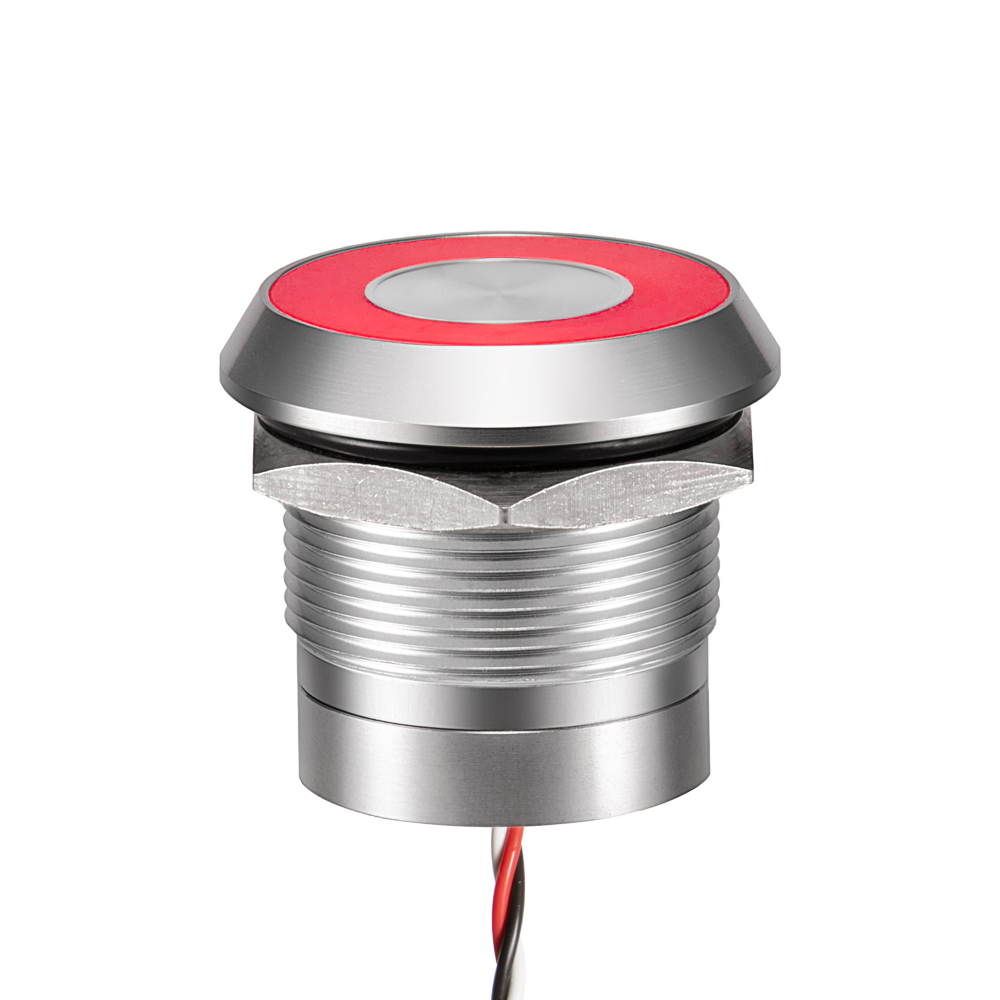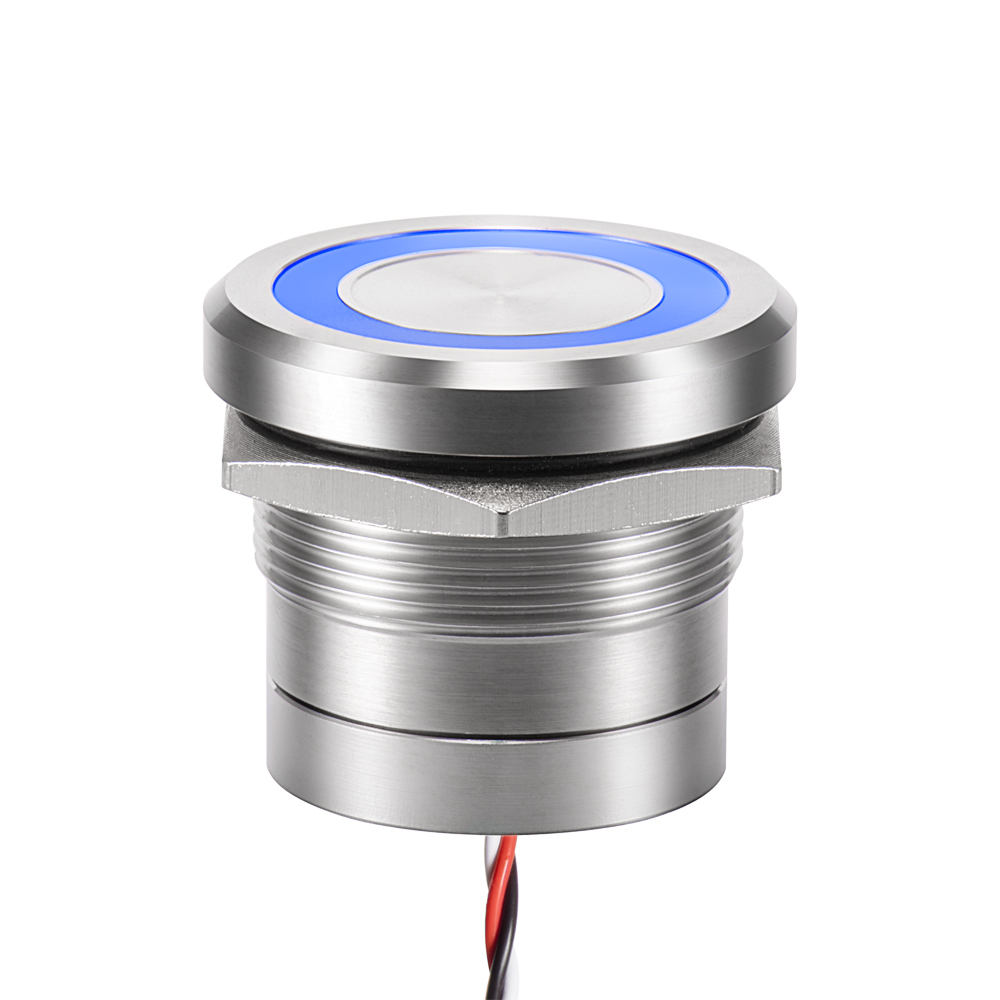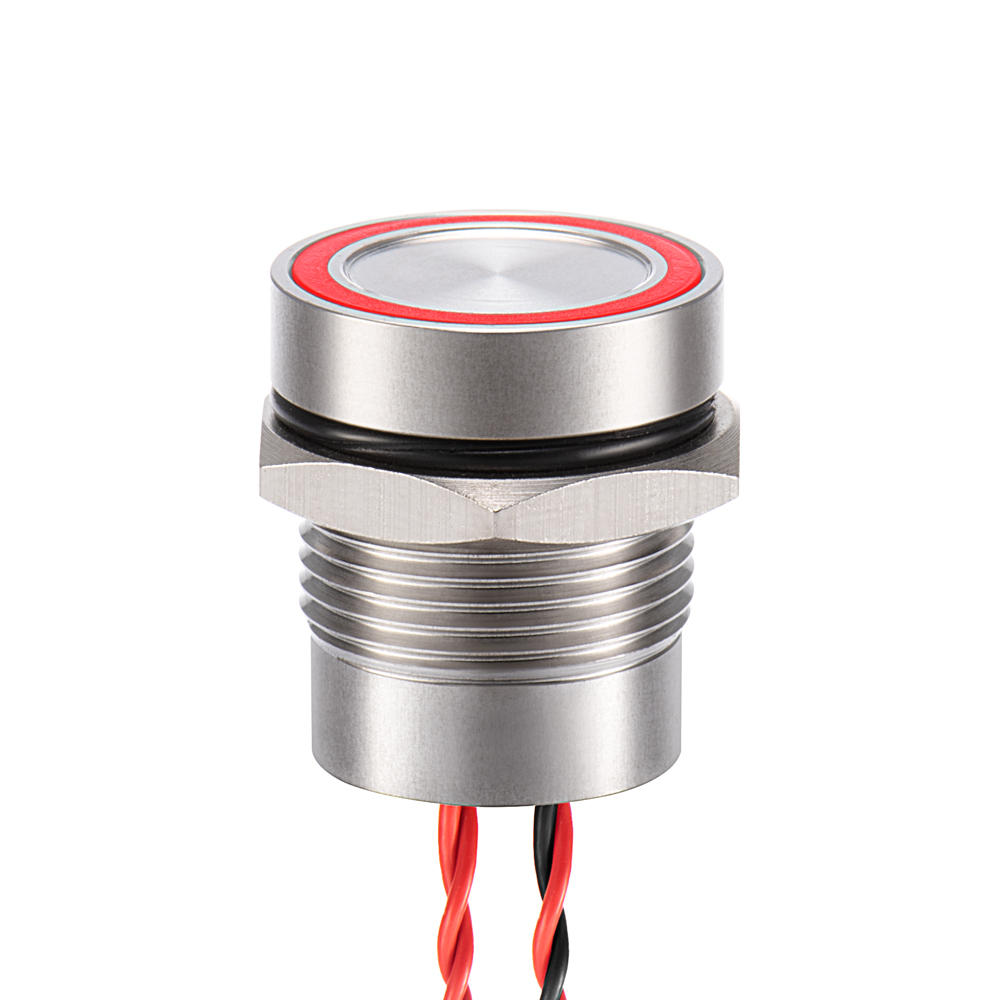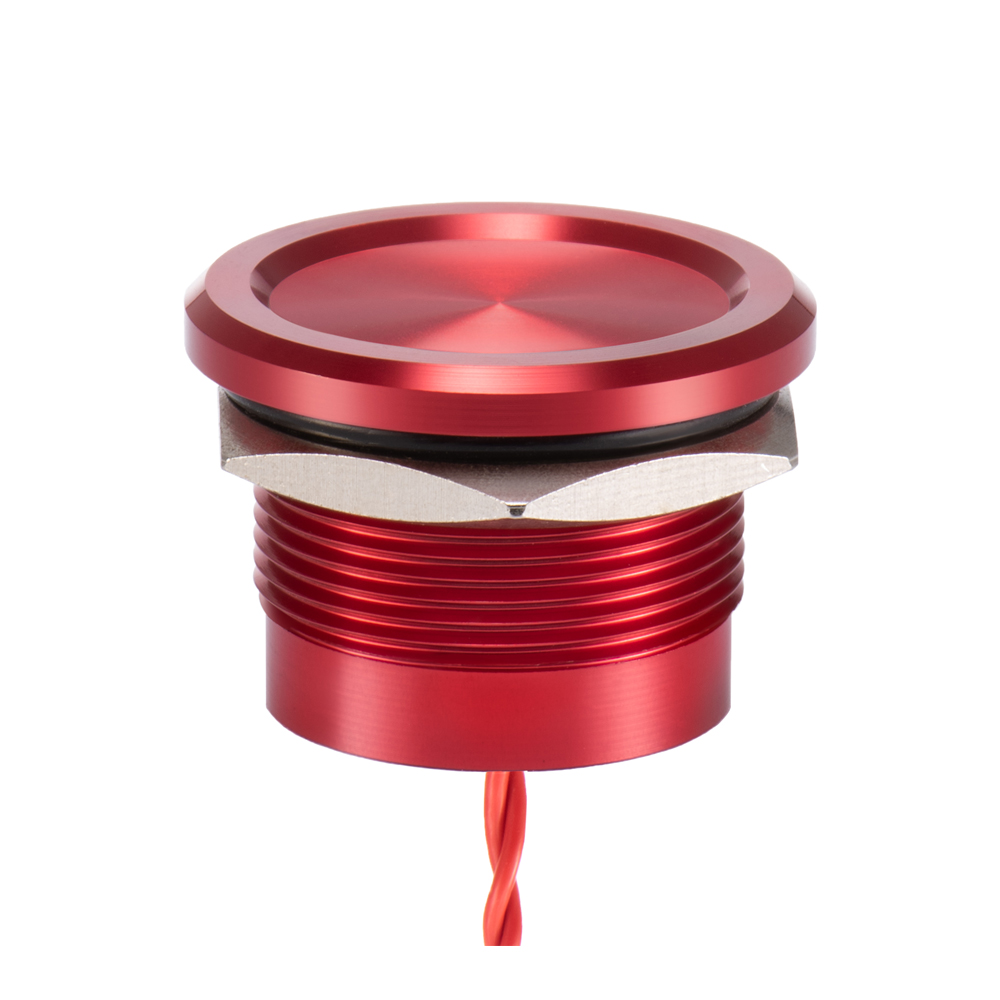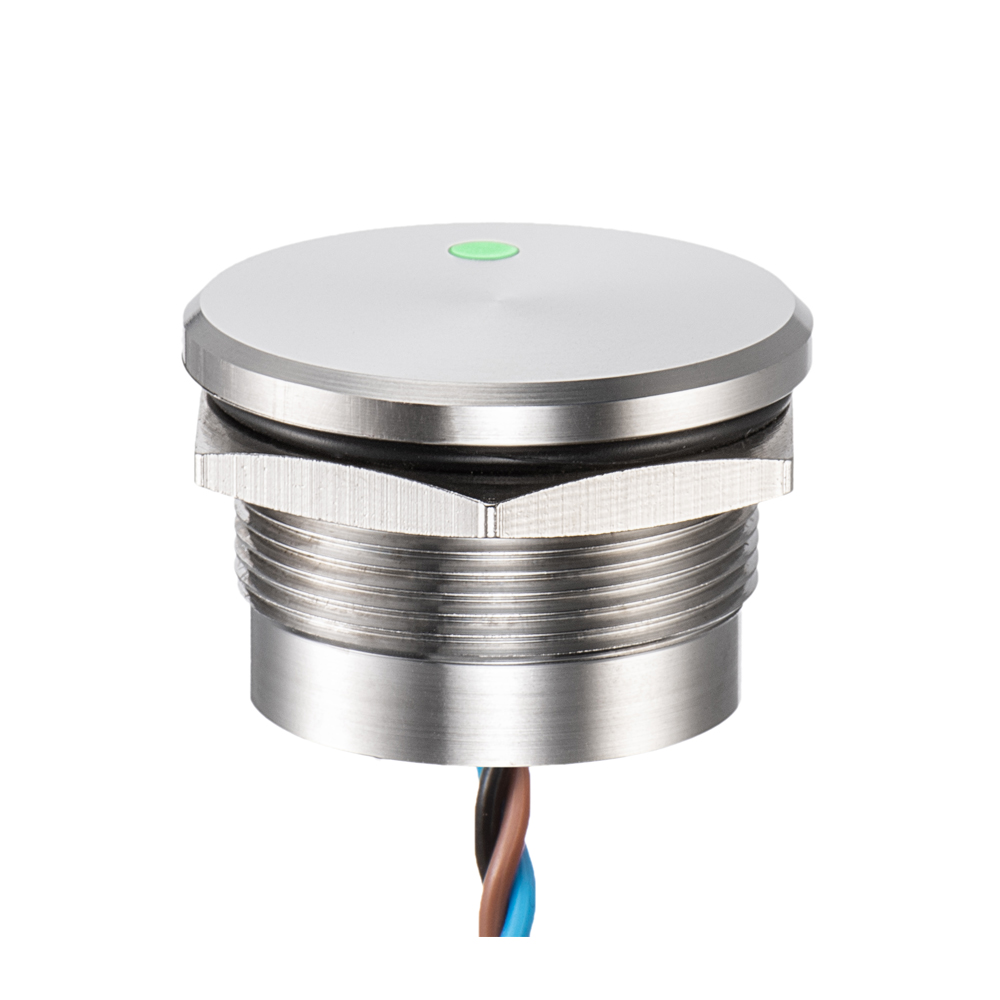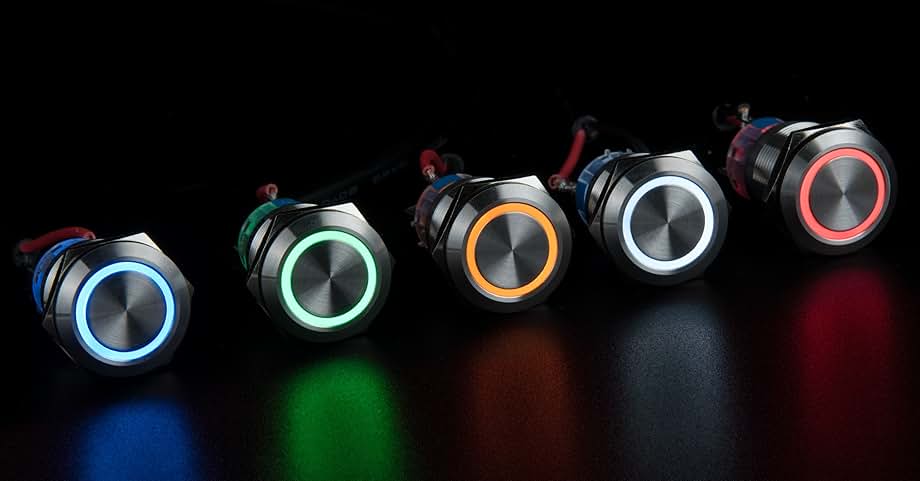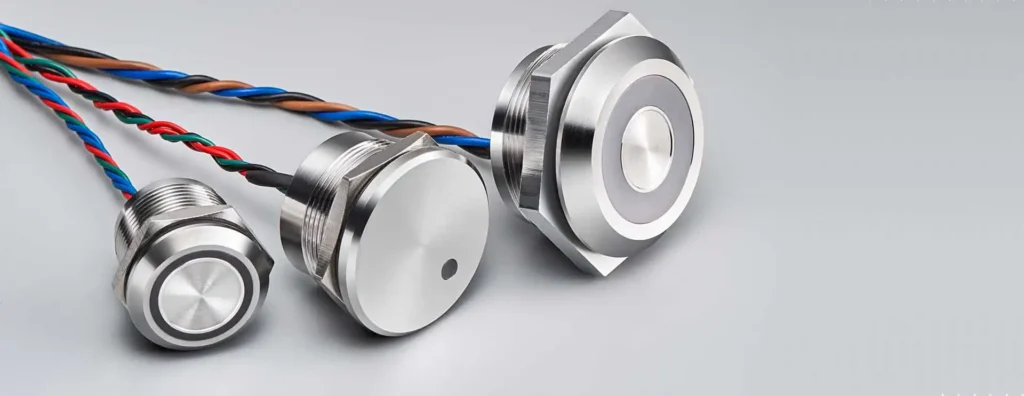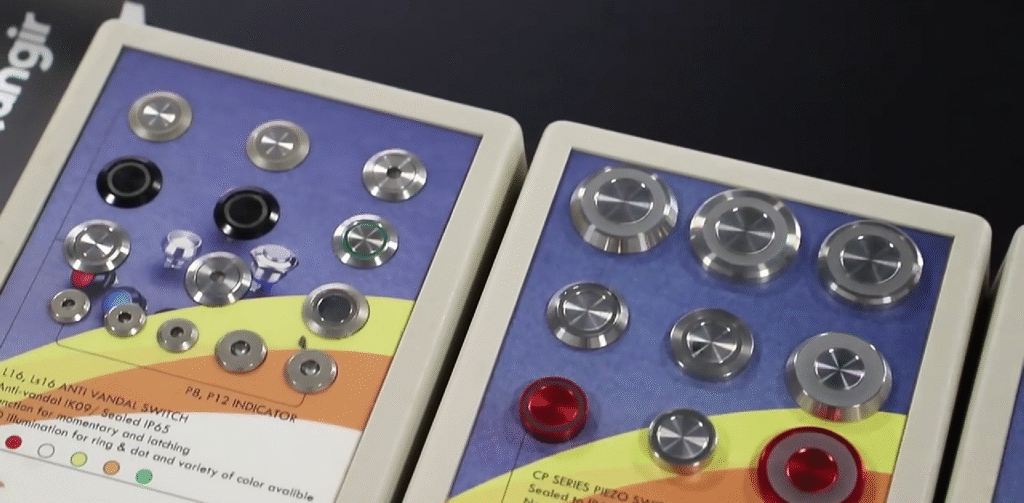
Electrical switches play an integral role in the function of countless electronic devices. From computers and smartphones to lamps, appliance, remote controls and more, many electronic devices feature one or more electrical switches. They are designed to open and close the circuit, thereby controlling the respective device.
Touch switches, however, are distinguished from traditional mechanical switches by their method of operation. Rather than using a mechanical operation to open and close the circuit, they use a touch-based method of operation.
1) Long-Lasting Functionality
Touch switches are capable of lasting a very long time. Since they don’t use a mechanical method of operation, they are naturally exposed to less stress than mechanical switches. As a result, touch switches can withstand the hands of time for many years. If you’re tired of constantly replacing your mechanical switches, you may want to choose a touch switch for this reason.
2) One Electrode
Capacitive touch switches — the most common type — only require a single electrode to function. The electrode is typically embedded behind a layer of glass or plastic. When you press a capacitive touch switch, your finger will increase the switch’s capacitance through the electrode. The capacitive touch switch will then recognize this change in capacitance as a command to open or close the circuit.
3) Some Touch Switches Work With Gloves
While you can’t control a capacitive touch switch while wearing gloves, you can control a resistive touch switches with a gloved finger. Like resistive touchscreens, resistive switches contain multiple layers with conductive traces that are separated by a spacer layer of air. When you press a resistive touch switch, the two conductive traces will meet, thereby opening the circuit. Releasing your finger from a resistive touch switch, on the other hand, breaks the circuit.
4) Some Touch Switches Use Piezo Technology
A lesser-known type of touch switch technology is piezo. Piezo touch switches work by relying on piezo mechanics to determine when the circuit should be open and when it should be closed. Piezo touch switches aren’t as common as capacitive or resistive touch switches, but they are gaining momentum thanks in part to their high level of durability.
5) They Act as a Tactile Sensor
Whether it’s capacitive, resistive or piezo, all touch switches act as a tactile sensor. In other words, they respond specifically to your touch commands. They don’t necessarily produce tactile feedback, but touch sensors still require physical contact to function as intended. Therefore, they are considered a type of tactile sensor.
 EN
EN


